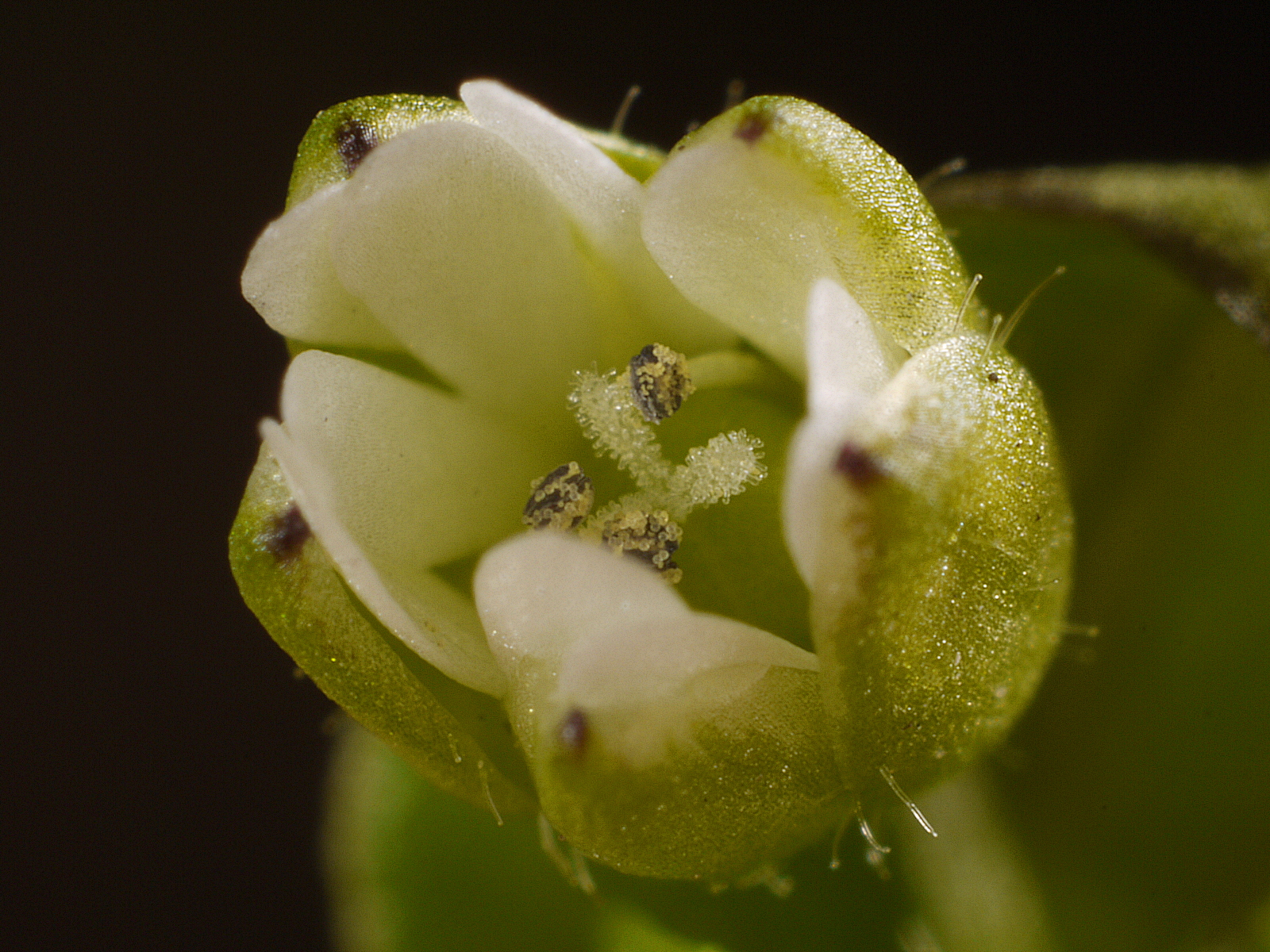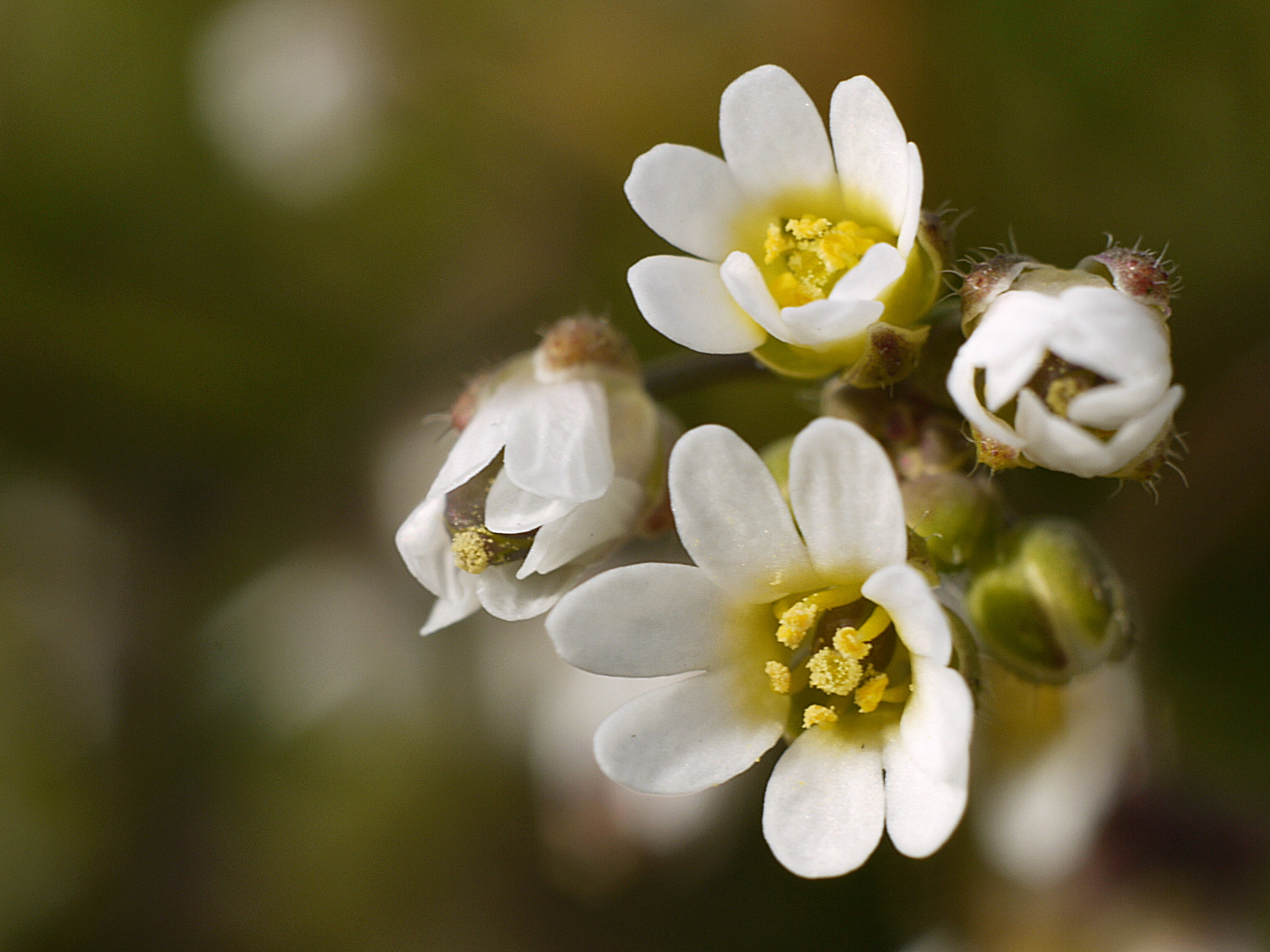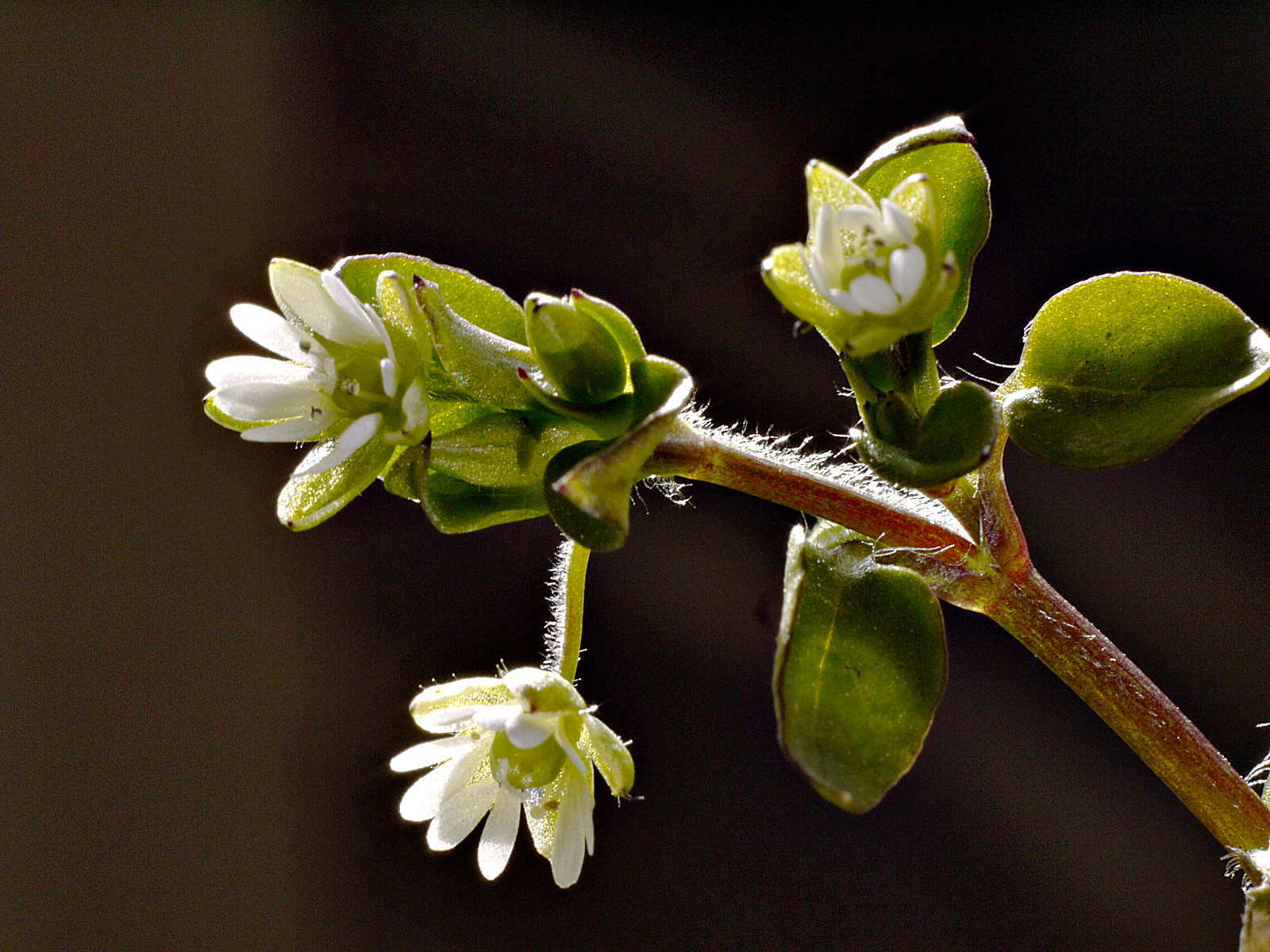Results 21 to 40 of 40
Thread: Macro Extreme ... a bit of fun
-
3rd December 2014, 01:52 AM #21
Re: Macro Extreme ... a bit of fun
-
3rd December 2014, 02:04 AM #22
Re: Macro Extreme ... a bit of fun
I've been following this thread with interest. Grahame, you got a good reflection of the lens in the tip of the pen.
-
3rd December 2014, 03:23 AM #23
-
3rd December 2014, 09:41 AM #24
Re: Macro Extreme ... a bit of fun
It would be interesting to see a full res crops too. I haven't really looked into dof relationships crop against more magnification but this shows why I wonder about that area. Oly 60mm macro lens at 1:1
Crop

Full frame

After I had taken these shots, and the others I posted I found that the articulated arm on my Benbo wasn't tight so there may be a bit of shutter induced shake in all of the shots.
 We seem to only be able to get fine tip biro's in the UK now.
We seem to only be able to get fine tip biro's in the UK now.
John
-
-
3rd December 2014, 10:00 AM #25
-
3rd December 2014, 10:08 AM #26

- Join Date
- Aug 2010
- Location
- Stockholm, Sweden (and sometimes Santiago de Cuba)
- Posts
- 1,088
- Real Name
- Urban Domeij
Re: Macro Extreme ... a bit of fun
There will be no difference according to how the distance is set on the 50 mm, as changing that setting will only move the outer shell of the lens as a sleeve. The lens remains firmly in place, as long as it is fixed to the other with reversing ring. It won't move when you turn its focus ring.
-
3rd December 2014, 11:01 AM #27
Re: Macro Extreme ... a bit of fun
That's a full res crop.
 I have what some feel is an anal attitude to camera lenses. Decent images when viewed at 100%. I don't see it as anal at all. It's just gives me an indication of how far I can stretch a lenses max focal length via cropping from a shot. I'd guess this goes back to using primes on film. There is a need to know how big the subject needs to be in the viewfinder to get a decent print of a certain size. I've been applying similar thoughts to macro - how much detail I need to be able to see in the viewfinder and just how big that detail needs to be. In other words no point in using say 1:1 when 2:1 or more will do. The dof should reduce as shots are cropped more and more but there may be a more gain in dof between say using 2:1 rather than 1:1. Obviously aperture comes into it as well. If I'm feeling really bored one day I will get a rule out and take some shots to find out all reduced to 1250px wide at various crop sizes including a straight crop from a 100% view. Probably all at F11.
I have what some feel is an anal attitude to camera lenses. Decent images when viewed at 100%. I don't see it as anal at all. It's just gives me an indication of how far I can stretch a lenses max focal length via cropping from a shot. I'd guess this goes back to using primes on film. There is a need to know how big the subject needs to be in the viewfinder to get a decent print of a certain size. I've been applying similar thoughts to macro - how much detail I need to be able to see in the viewfinder and just how big that detail needs to be. In other words no point in using say 1:1 when 2:1 or more will do. The dof should reduce as shots are cropped more and more but there may be a more gain in dof between say using 2:1 rather than 1:1. Obviously aperture comes into it as well. If I'm feeling really bored one day I will get a rule out and take some shots to find out all reduced to 1250px wide at various crop sizes including a straight crop from a 100% view. Probably all at F11.  I'd have to be more bored than I ever am to throw in another.
I'd have to be more bored than I ever am to throw in another.
John
-
-
4th December 2014, 06:31 AM #28

- Join Date
- Apr 2012
- Location
- Dunedin New Zealand
- Posts
- 2,697
- Real Name
- J stands for John
Re: Macro Extreme ... a bit of fun
I took Grahame to mean SOOC but reduced to 1200pixels across when I started this thread.
In the context of 'bored' I will one day make a holder to reverse the CCTV 25mm lens but I have so many other 'projects' waiting
-
4th December 2014, 08:31 PM #29

- Join Date
- Aug 2010
- Location
- Stockholm, Sweden (and sometimes Santiago de Cuba)
- Posts
- 1,088
- Real Name
- Urban Domeij
Re: Macro Extreme ... a bit of fun
I learned a lot from these exercises, and I think the bellows unit may come in handy for something different than extreme macro work, mainly because it is very difficult to handle at these distances, and the image quality is not better than what I get with my combo of a macro teleconverter and my 35 mm Carl Zeiss Distagon lens.
Here's an image of a budding chickweed. The bud is about 2 mm across and it is taken with a Carl Zeiss Distagon 35 mm on a Vivitar 2x macro focusing teleconverter. That combo is a 70 mm macro, focusing down to about one and a half times life size.

Last edited by Inkanyezi; 5th December 2014 at 06:53 PM. Reason: inserted comma
-
5th December 2014, 09:07 AM #30


- Join Date
- Dec 2013
- Location
- Chesterfield, Missouri/Melbourne, Australia
- Posts
- 17,827
- Real Name
- Izzie
Re: Macro Extreme ... a bit of fun
Oh Wow! Excellent shot, Urban! -- the pollen looks so sweet inside. It is pretty much like using a surgery camera -- so clear and the colour is beautiful. Love this.
-
5th December 2014, 12:38 PM #31

- Join Date
- Aug 2010
- Location
- Stockholm, Sweden (and sometimes Santiago de Cuba)
- Posts
- 1,088
- Real Name
- Urban Domeij
Re: Macro Extreme ... a bit of fun
There are literally millions of these in the lawn behind the condo building where I live.
Thanks Izzie, I cannot deny that I like it too. I really love the way various features stand out, texture of the epidermis, and the tentacles that each have the tiniest droplet of water at their tips.
Somewhat later, the flower has opened up to a tiny star, about 5 mm diameter. Petals are bifurcated, and the pollen turns yellow. I have looked at pollen from various flowers, and they are like little balloons, liquid inside. It seems as the common chickweed, Stellaria media, might self-pollinate. I don't see insects in them often.
After pollination, the pistil darkens, and the flower closes again.

The most distinctive feature, to identify the species and distinguish from others in the same family of weeds, is that the stems have hair in a string on one side only. The weed is edible and I find it delicious in salad.

Last edited by Inkanyezi; 5th December 2014 at 12:52 PM.
-
5th December 2014, 03:17 PM #32
Re: Macro Extreme ... a bit of fun
-
5th December 2014, 05:31 PM #33

- Join Date
- Aug 2010
- Location
- Stockholm, Sweden (and sometimes Santiago de Cuba)
- Posts
- 1,088
- Real Name
- Urban Domeij
Re: Macro Extreme ... a bit of fun
Lighting is one of the major problems when working very close. You don't want bright lights to shine into the lens, but you need much light on the subject, because you might want as much DOF as you could get. Then I also experienced serious problems even finding the subject at all, and when it is not rigidly fixed to the same support as your camera, even the slightest movement blurs the image. I needed several seconds for the ballpoint tip, and with the gadget that holds the pen standing on a table, and the camera on tripod, the floor flexes as I move, so I have to stand completely still. Even a slight movement will throw the pen out of focus. So they will have to be fixed to the same support in order to be still relative to each other, camera and subject.
And how to place lamps, with those reflective surfaces and the closeness to the lens that obstructs many angles where one might want to have light? Light-pipe might be an answer, or diodes, but it is far too much trouble to go through just for a simple experiment. However, ideas may come up on how to use the bellows or inverted lenses creatively. So far, it seems to me, that the bellows unit is suitable for a longer focal length lens to work from a reasonable distance and shoot at reproduction scales that are in the region of what the ordinary macro lens does. I think that even with the microscope lenses, rigid extension tubes might be easier to handle, perhaps in combination with an adjustable extension. I'll keep trying to find use for it in a creative sense.
-
5th December 2014, 08:03 PM #34
Re: Macro Extreme ... a bit of fun
I have some bellow but compared with what I have owned in the past they seem a little flimsy to me. I have seen used ones for sale which are considerably better. If these can't achieve considerably higher magnifications than various macro lens set ups I feel that the price asked is questionable. They really need to be dual rail types as well as this is likely to be more rigid than adding a macros rail to the ones where the rails just alter the bellows length. The only extensive discussions I have every found on the web concerning them is fitted with well corrected 24 or 28mm lenses. They can also be used with microscope objectives on the end.
I just tried my new main lighting plus a diffuser. Just one unit and no reflector. I'm playing with a Canon SX50-HS and have a strange effect. Could be down to an ISO of 640 or other reports of not all that good optics at max focal length. Or even the Raynox but that seems fine on my other gear. Use of raw is more or less essential if the camera is pushed by the task especially when there is lots of detail and the ISO turned up.

John
-
-
5th December 2014, 10:06 PM #35
Re: Macro Extreme ... a bit of fun
-
7th December 2014, 07:02 AM #36

- Join Date
- Apr 2012
- Location
- Dunedin New Zealand
- Posts
- 2,697
- Real Name
- J stands for John
Re: Macro Extreme ... a bit of fun
ajohnw ...I am interested in how you used the SX50 to get that shot. I would like to assume that either the lens focuses close at 1200mm AoV or else you used a Close-up lens to enable it to focus at a moderate distance so the zoom can be used to achieve the tight framing?
The second way is how I use my bridge cameras [ a pair of FZ50s ] but they only have a 432mm AoV and I have often wondered what longer zooms might give us. The best I can get at 13 inches* is a 38mm across subject filling the sensor. But Brian's [Phillipines] 550mm and your 1200mm I would hope do better.
*two dioptre plus focusing ability of lens, normally only 2m.
-
7th December 2014, 10:19 AM #37
Re: Macro Extreme ... a bit of fun
The last one was with a Raynox DCR-150. The one before the 250. These are at max focal length and close to the min focus with the close up lenses on. The min aperture on these cameras is F8. Max focal length is 215mm = 1200mm min distance at that seems to be 13m from the spec but I haven'r actually measured it. and suspect it shorter than that. Macro mode is ZERO to 50cm but at the wide setting so pretty hopeless really but the camera doesn't seem to mind being in any mode at any focal length..An enlarged view pops up in one mode to check focus while using AF. It seems that can be made to track which should help with framing.
There may be some camera shake in these shots or the optics may be being pushed too far. I know there is nothing wrong with the 150 from using it on m 4/3.
One interesting aspect of the last shot is brass at last as it should be. I'd guess the working distance was around 120mm.
Camera itself - the viewfinder is junk. CA and blur if the eye is even slightly off centre. The adjustment wheel is around the multiway - fiddly to say the least as it's so small and they could have made it larger leaving more room round the multiway. The multiway does offer a decent selection of settings though including ISO but have to be quick using them. It's also possible to set up a custom menu.
The in camera jpg noise removal as reviews suggest is pretty good. Raw will always need some decent noise reduction software. This is the reduced camera jpg, same shot. A bit more work on lighting needed - a reflector I suspect. The shadow is caused by the lack of one at the camera end.

I posted another shot taken with it. Camera jpg. As you can see it has it's weird aspects down to the processing in the camera. Good to get back to Canon colours though - these are pretty accurate with a flash and domestic cfl lighting mix. Oly would do ok too.
Good to get back to Canon colours though - these are pretty accurate with a flash and domestic cfl lighting mix. Oly would do ok too.

John
-
-
9th December 2014, 07:08 AM #38

- Join Date
- Apr 2012
- Location
- Dunedin New Zealand
- Posts
- 2,697
- Real Name
- J stands for John
Re: Macro Extreme ... a bit of fun
Last edited by jcuknz; 9th December 2014 at 07:49 AM.
-
9th December 2014, 08:51 AM #39
-
9th December 2014, 09:28 AM #40
Re: Macro Extreme ... a bit of fun
 You should tone map them and do 24x12 prints Grahame, should sell like hot cakes.
You should tone map them and do 24x12 prints Grahame, should sell like hot cakes.
I took the SX-50 HS out yesterday and took a mix of shots. I'm sending it back. Metering is poor and the viewfinder in particular is awful. The metering seems to like buildings and people. Put something white like a swan in it and even 1/2 stop compensations doesn't cause it to do what I feel it should. Resolution at the long end isn't up to it either. I've used better compacts.
John
-

 Helpful Posts:
Helpful Posts: 

 Reply With Quote
Reply With Quote




